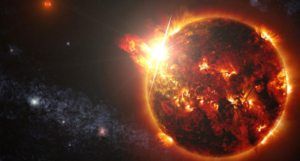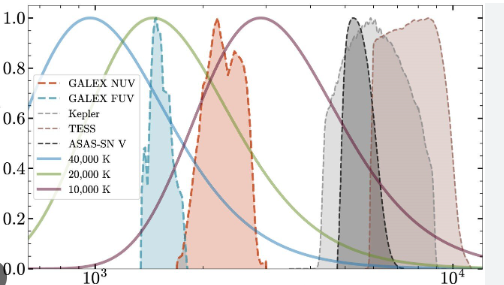A recent study published in the Monthly Notices of the Royal Astronomical Society reveals that red dwarf stars can produce stellar flares with far-ultraviolet (far-UV) radiation levels much higher than previously believed ¹. This discovery suggests that the intense UV radiation from these flares could significantly impact whether planets around red dwarf stars can be habitable.
Key Findings:
– Higher UV Radiation Levels: Red dwarf stars can produce stellar flares with far-UV radiation levels much higher than previously believed ¹.
– Impact on Planetary Habitability: The intense UV radiation from these flares could significantly impact whether planets around red dwarf stars can be habitable .
– Double Edge of UV Radiation: UV radiation from stellar flares can either erode planetary atmospheres, threatening their potential to support life, or contribute to the formation of RNA building blocks, which are essential for the creation of life .
Challenging Existing Models: This study challenges existing models of stellar flares and exoplanet habitability, showing that far-UV emission from flares is on average three times more energetic than typically assumed, and can reach up to twelve times the expected energy levels .

Research Methodology:
Archival Data from GALEX Space Telescope: The team used archival data from the GALEX space telescope to search for flares among 300,000 nearby stars .
– New Computational Techniques: The team used new computational techniques to mine novel insights from the data.
This study highlights the need for further exploration into the effects of stellar flares on exoplanetary environments. More data from space telescopes is needed to study the UV light from stars, which is crucial for understanding the source of this emission ¹.





